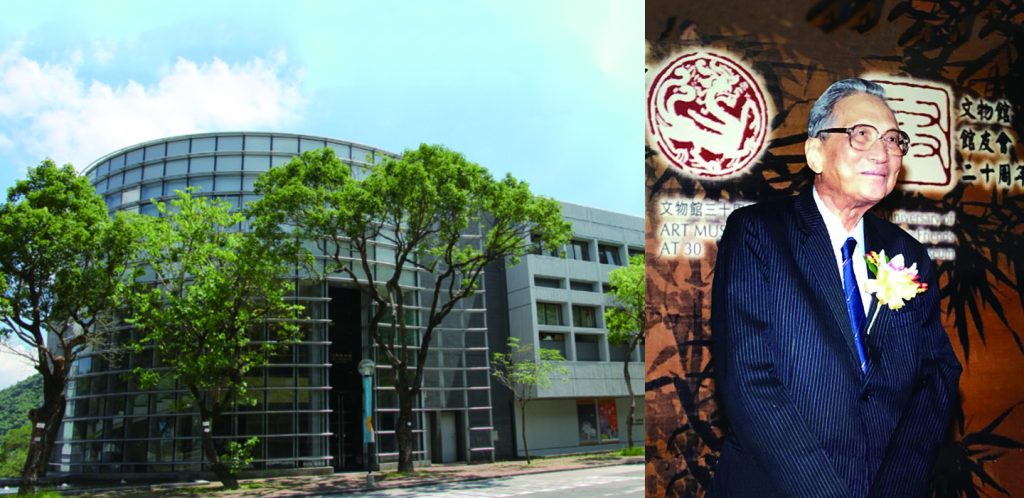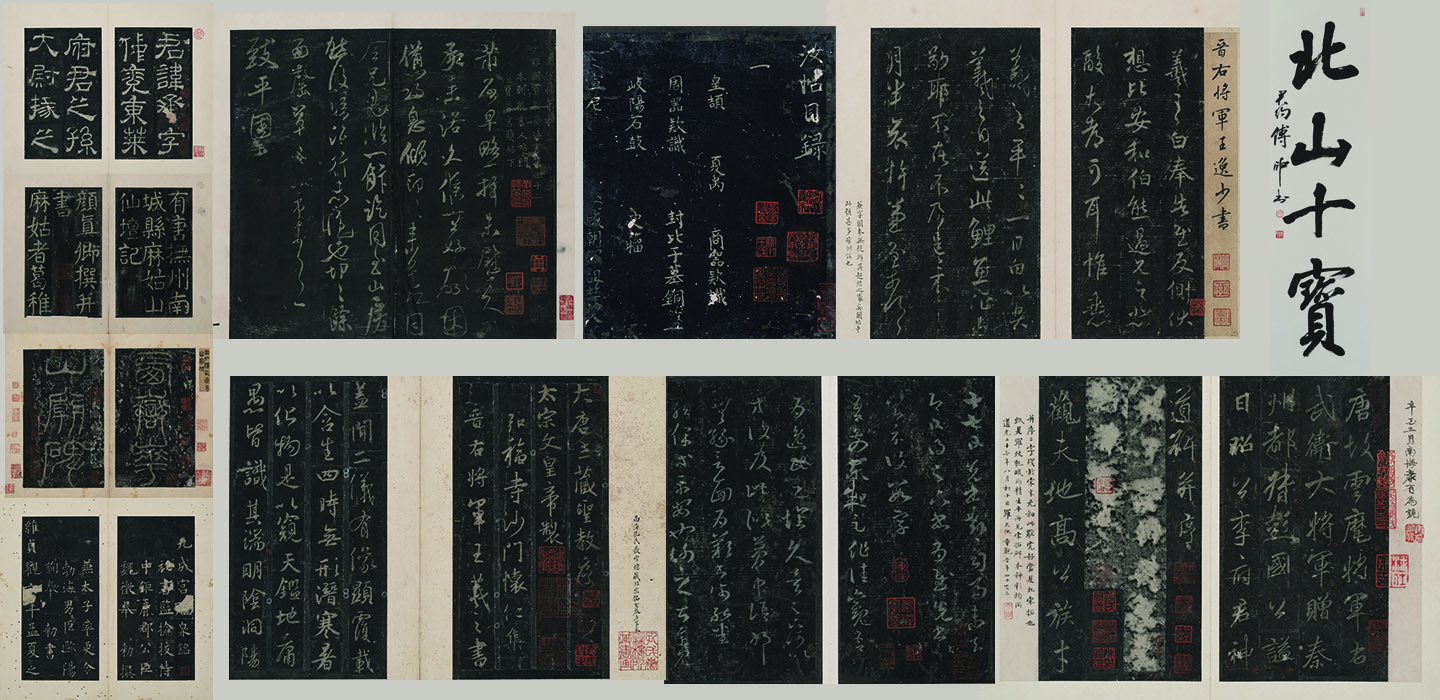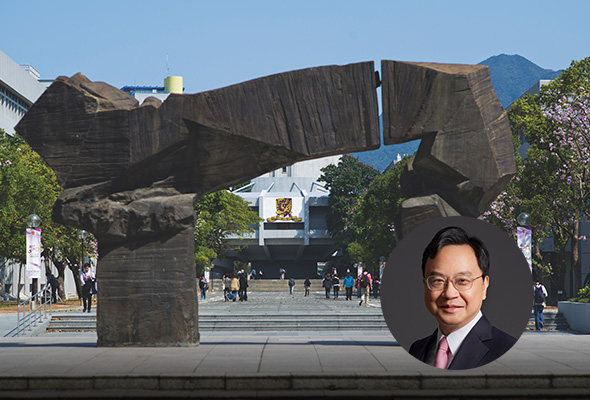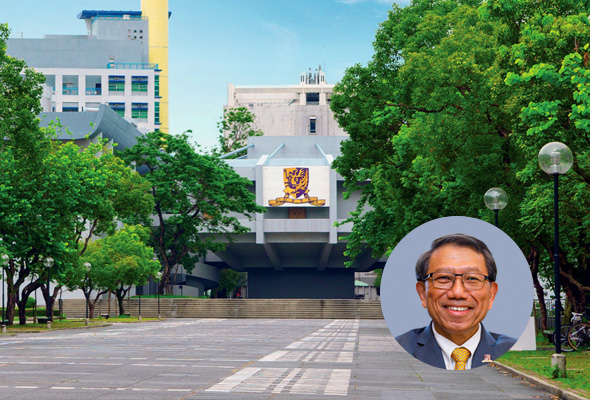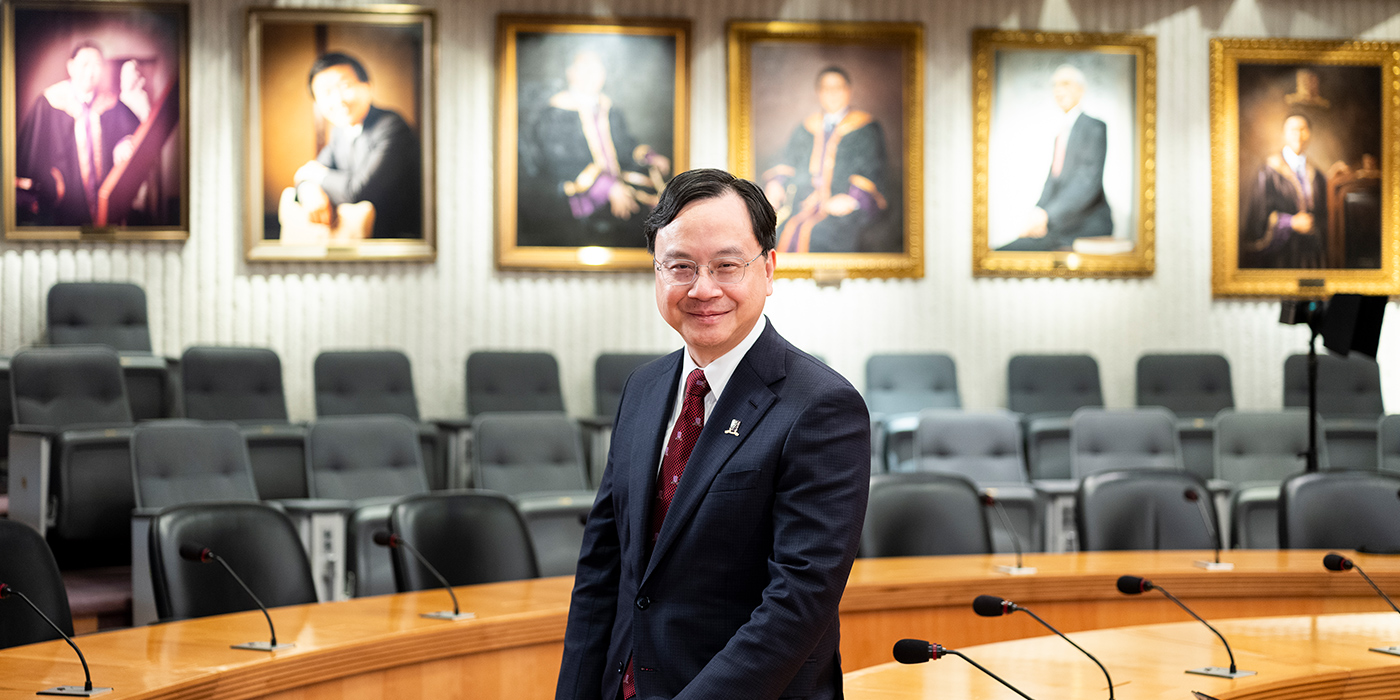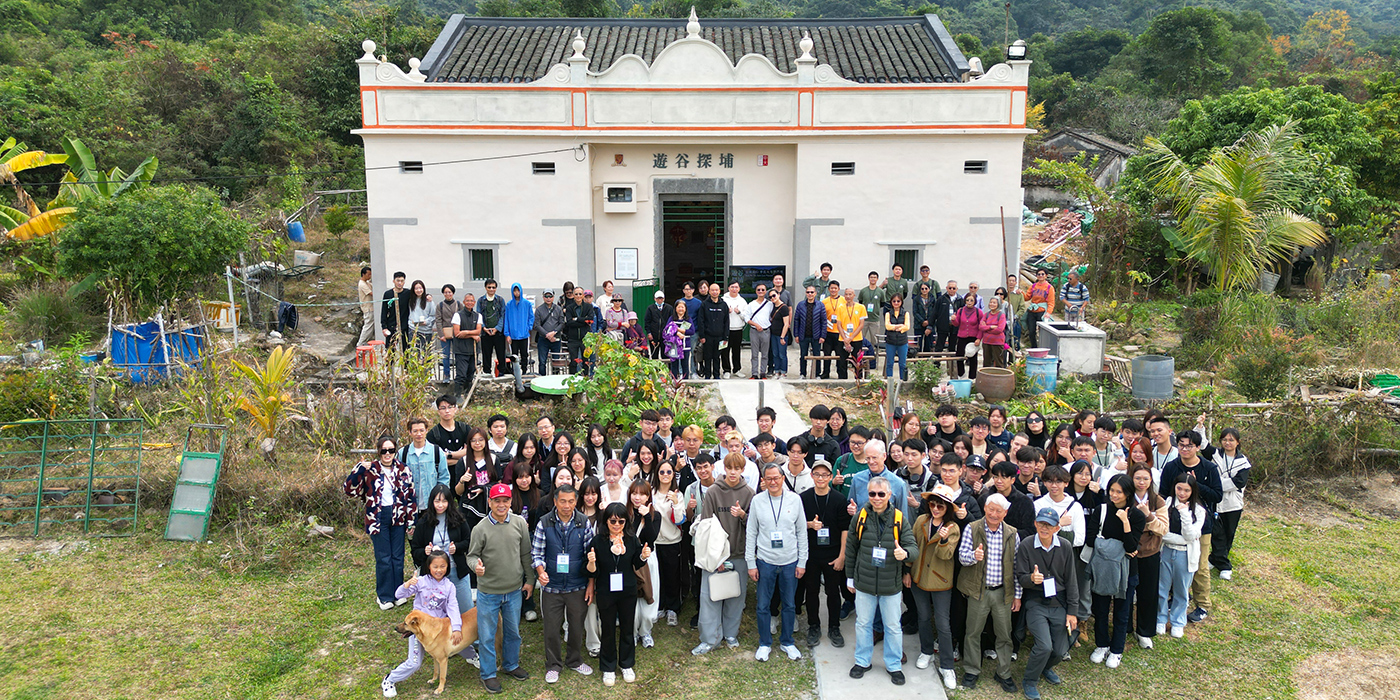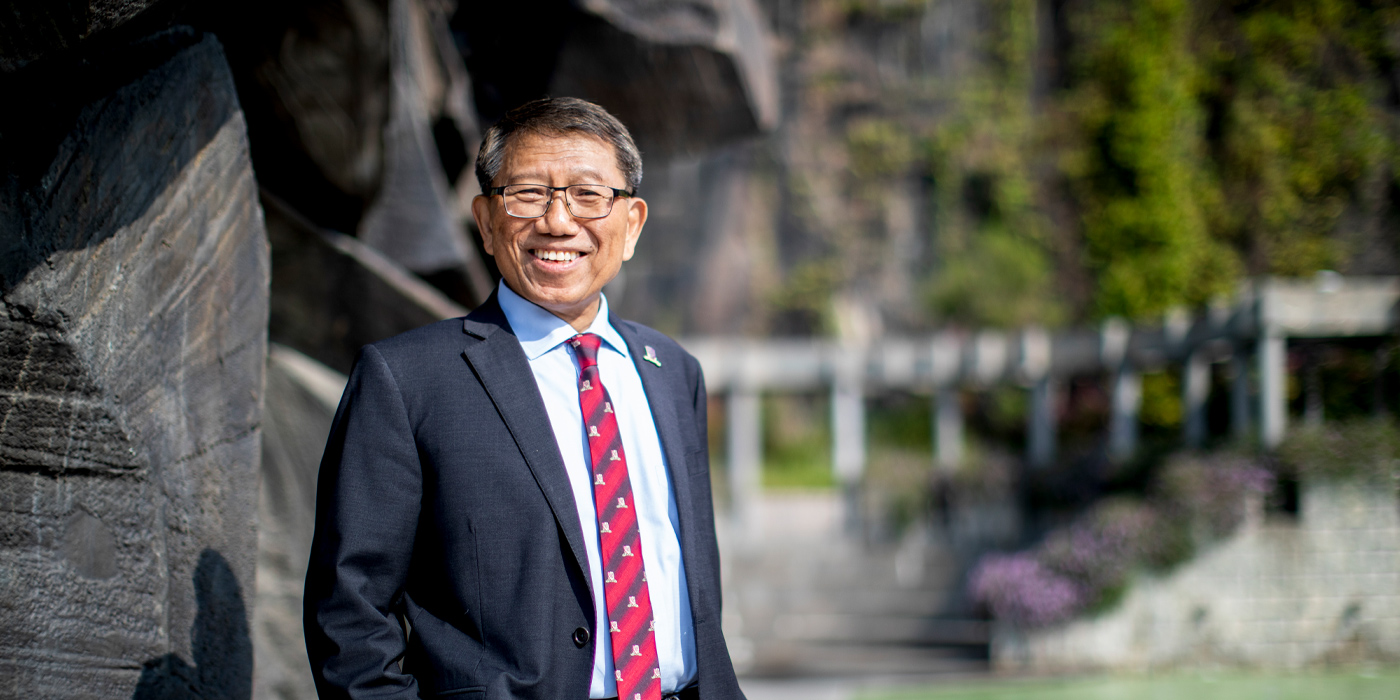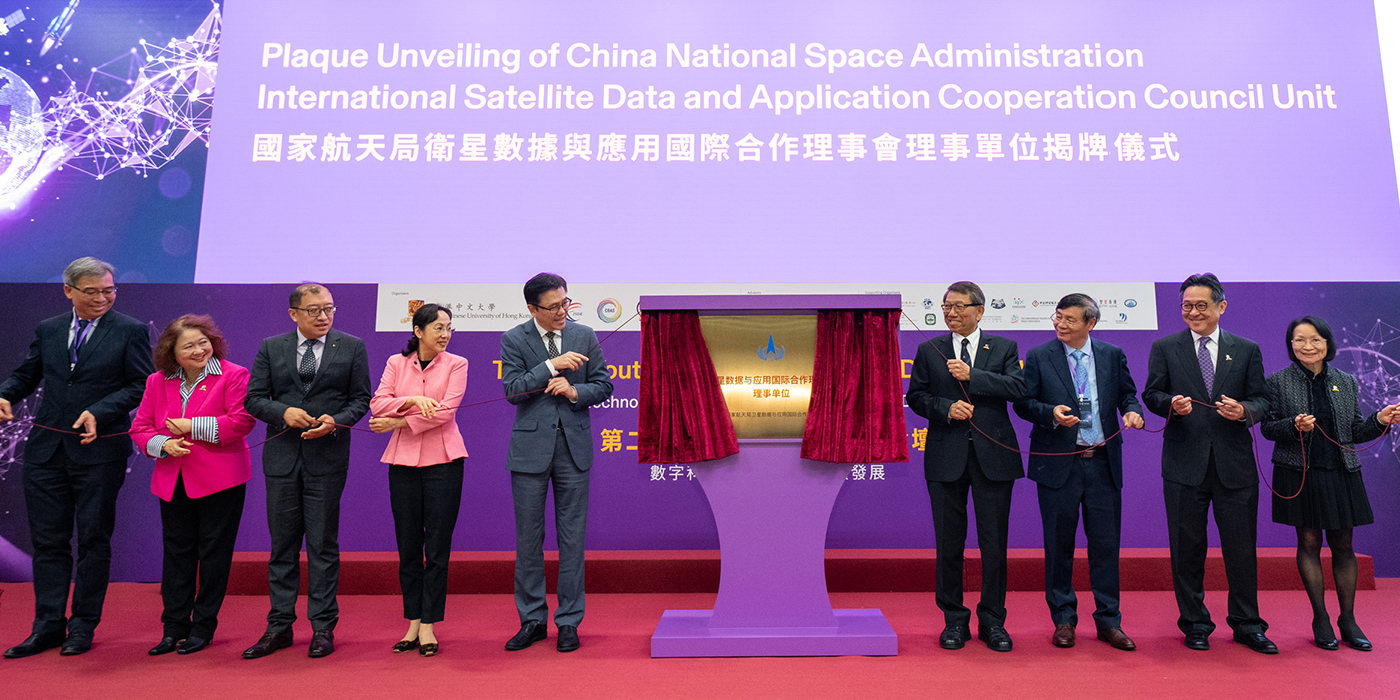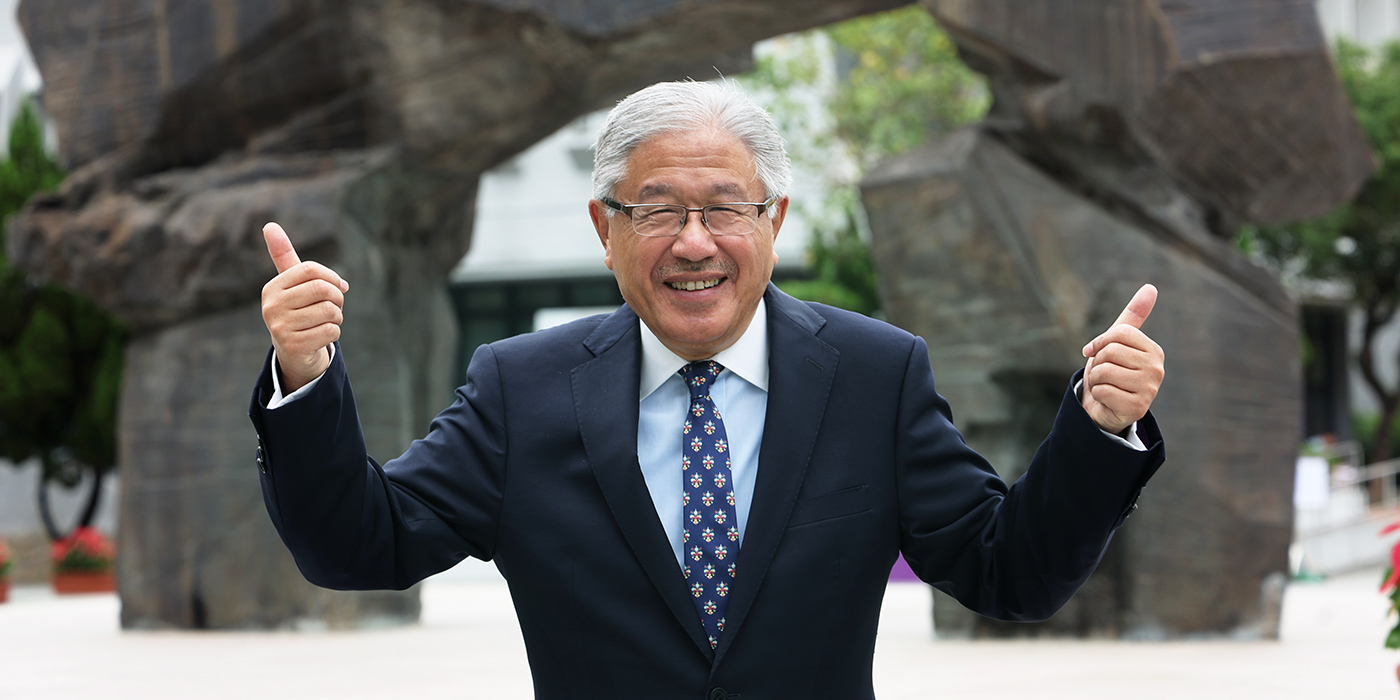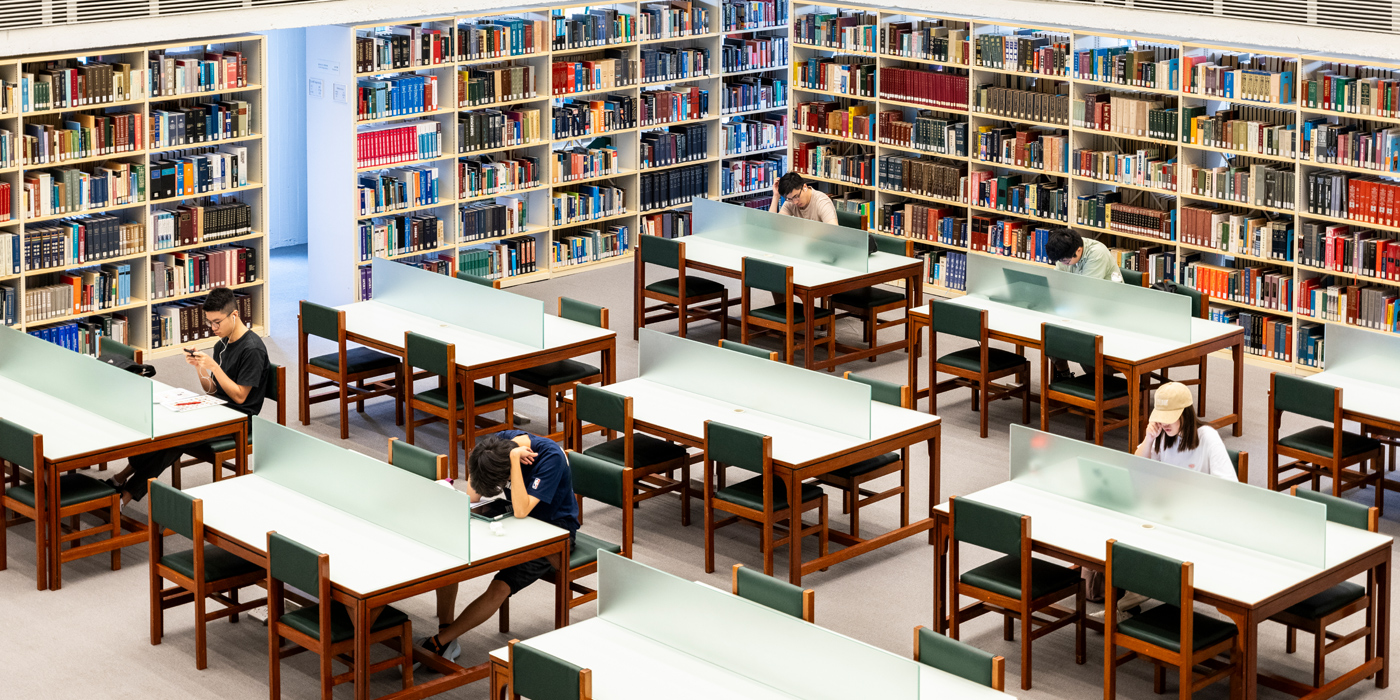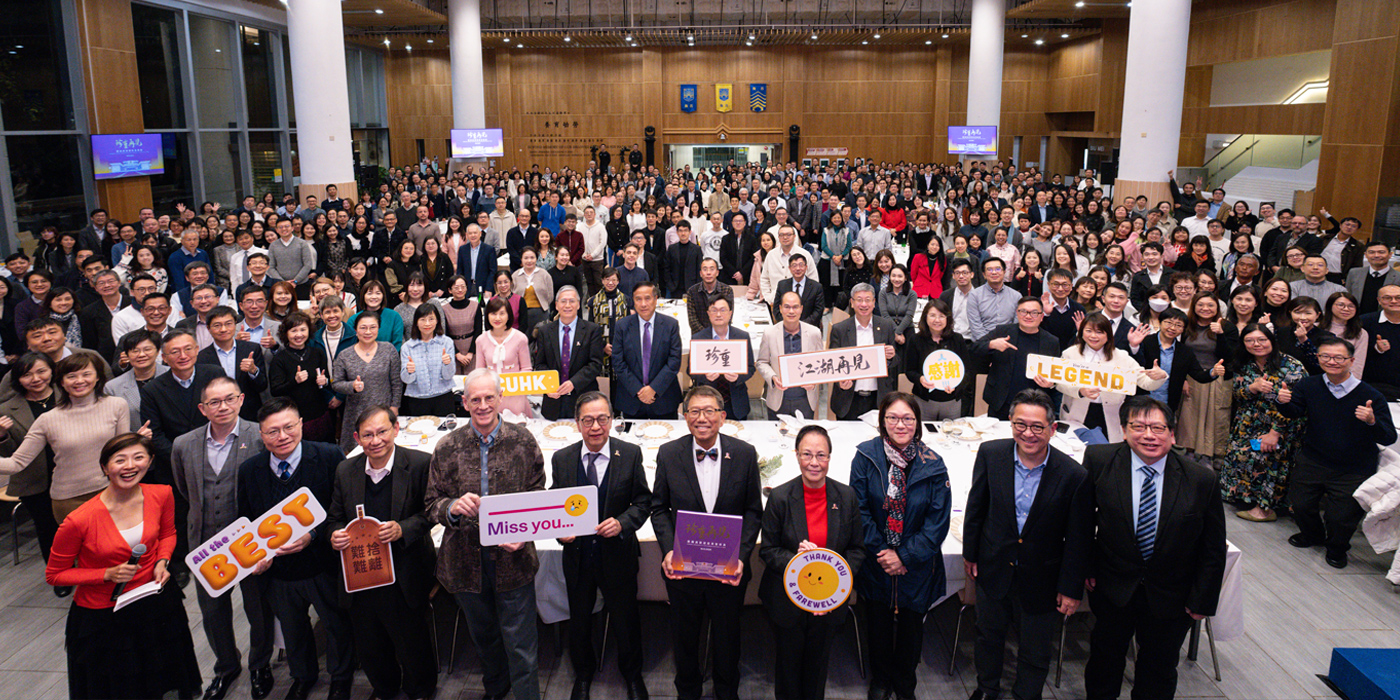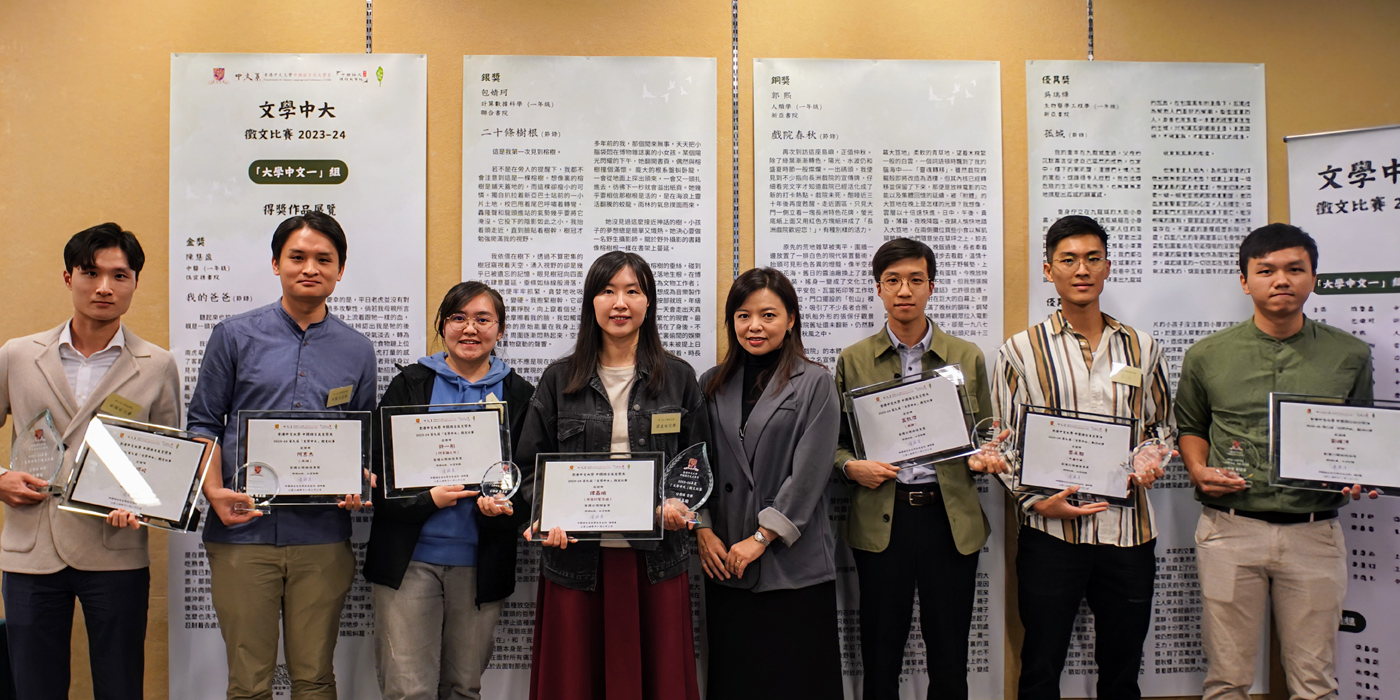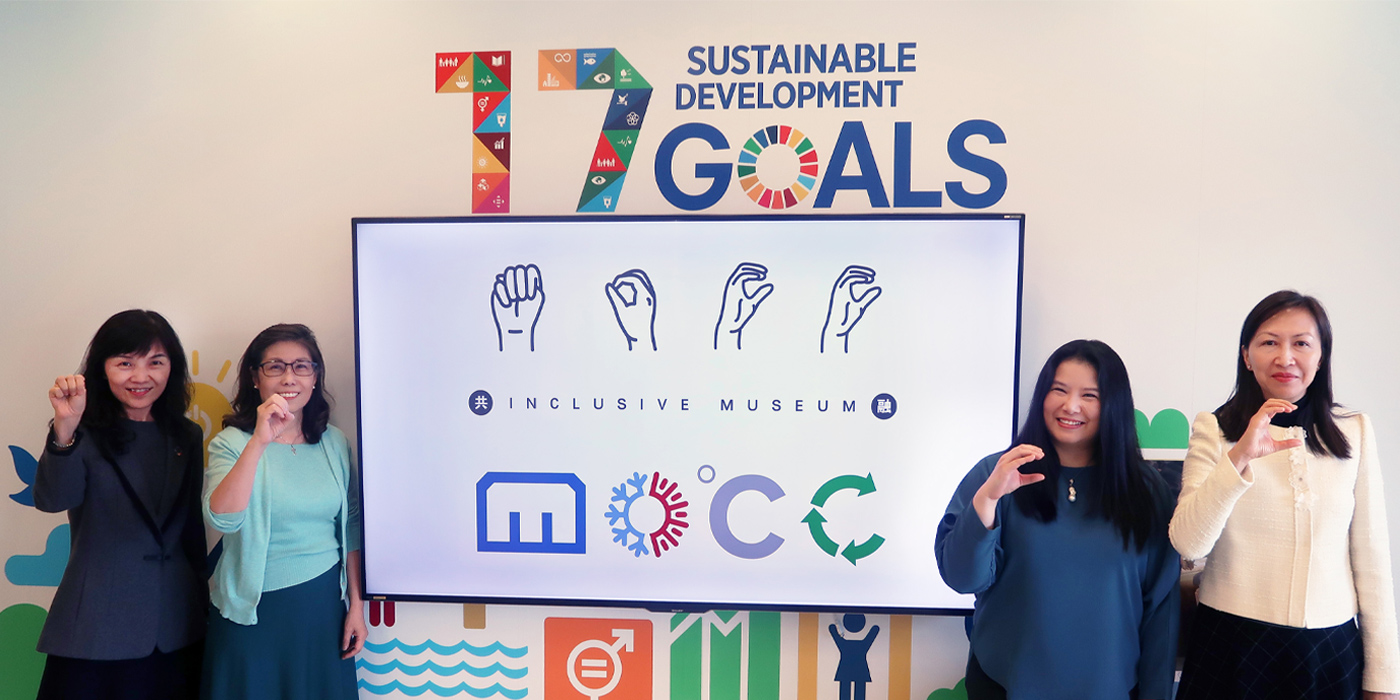Ten treasures of Bei Shan Tang: 'Inkspiration' for five decades
Jointly published by National Library of China Publishing House and CUHK’s Art Museum, Ten Treasures of Bei Shan Tang (aka Beishan Shibao, ‘北山十寶’ in Chinese) was born in May 2022. The publication displays the Art Museum’s ten kinds of rare rubbings from the Song dynasty, which have been listed in the National Catalogue of Precious Ancient Books. It is the crystallization of calligraphy art, engraving craftsmanship and printing technology.
This batch of precious exhibits and ten rubbings of Lanting Preface (aka Orchid Pavilion Preface) came from the Grand Councillor You (?-1252) in Southern Song Dynasty. The Palace Museum in Beijing and the Art Museum are planning to display the special collection in Beijing next year, reflecting the significance of Hong Kong’s precious relics in the national context.
Since 1973, it took 23 years for the Art Museum to collect the ten treasures of Bei Shan Tang. The precious collection could trace back to as early as the Eastern Han dynasty and the Southern Song dynasty. As many of the original stelae or rubbings are missing or even severely damaged, the value of the ten treasures becomes self-evident. Epigraphy flourished in the Song Dynasty. Rubbings and engravings of epigraphy became an important part of scholar-bureaucrats and Jiangnan culture. It was not until the mid-Qing Dynasty that the fashion went south to Guangdong. Many works came from the sages of Lingnan, offering us a glimpse of the cultural origins of what is now known as the Guangdong – Hong Kong – Macau Greater Bay Area.
Dr Peggy Ho, Research Fellow of the Art Museum, was responsible for the curation of ‘The Bei Shan Tang Legacy: Rubbings of Stone Engraving and Model Calligraphy’ exhibition and the exhibits catalogue in 2015. Featuring 70 precious rubbings, the exhibition and the catalogue started to adopt the name ‘Ten Treasures of Bei Shan Tang’. To help the public better understand the collection, the Art Museum produced a video where Dr Ho introduces the historical value of Chinese ancient rubbings.
Last September marked the Art Museum’s Golden Jubilee. The Art Museum planned to publish the Ten Treasures of Bei Shan Tang with the National Library of China. Mr Wang Yanlai of the National Library of China Publishing House, Mr Lo Kwan-chi, Manager (Facilities & Exhibition Design) of the Art Museum, and Dr Ho have met up several times on paper selection, the original extension size, colour, colour temperature, luminosity, contrast and so on. The team even came back and forth to the Tianjin printing factory to review the printing drafts and adjust the ink. With their concerted efforts, Ten Treasures of Bei Shan Tang was finally released to coincide with the 50th anniversary year of the Art Museum.
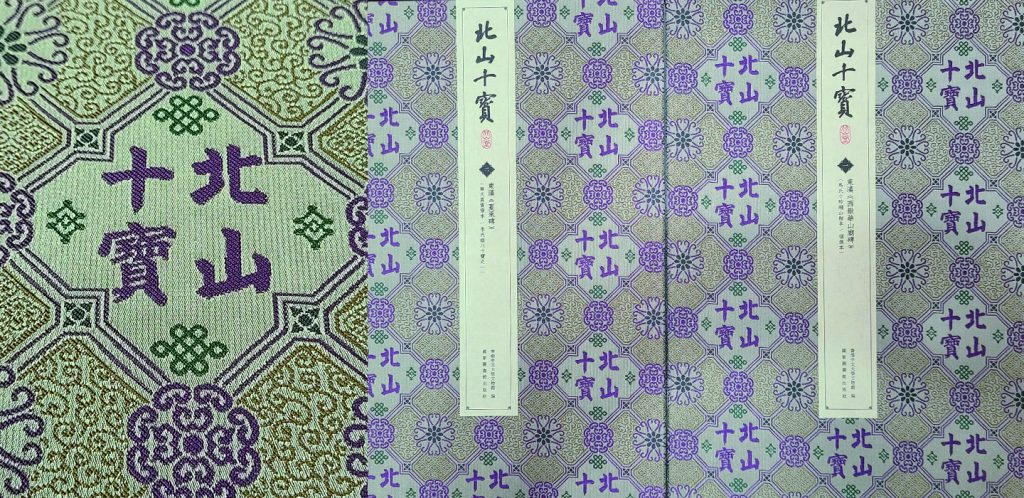
The Lee brothers endowed the establishment of the Institute of Chinese Studies and the Art Museum at CUHK. The late Dr J. S. Lee, founder of Bei Shan Tang Foundation, had been enriching the collection of inscriptions, paintings, ceramics and other collections for the Museum, reflecting Bei Shan Tang’s persistence and enthusiasm in promoting Chinese culture from generation to generation.
Dr Lee said, ‘The essence of the collection and exhibition of the Art Museum is to inherit and promote Chinese culture, as well as the appreciation and research of Chinese cultural relics and art. It not only serves the community, but also contributes to academia.’ The publication of Ten Treasures of Bei Shan Tang bears witness to the wisdom and foresight of Bei Shan Tang fifty years ago. It also benefits the global Chinese inscription research community and academia. For more details, please visit here (Chinese only).
